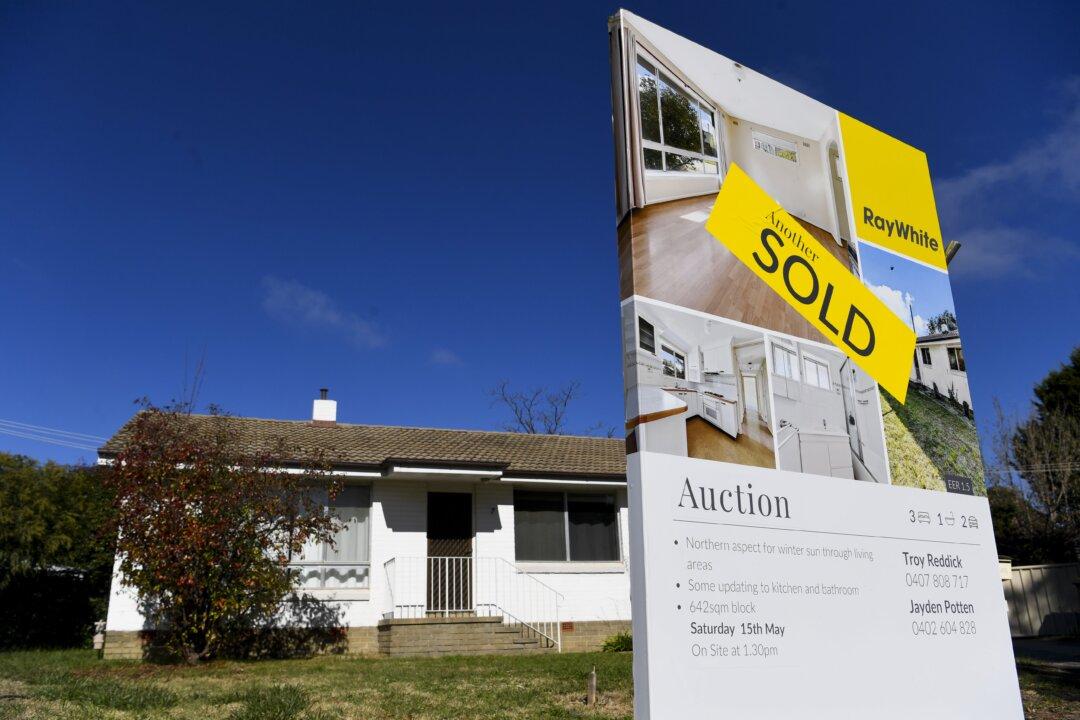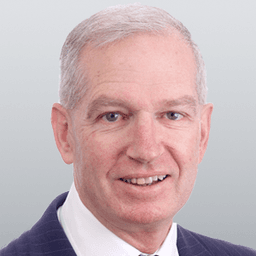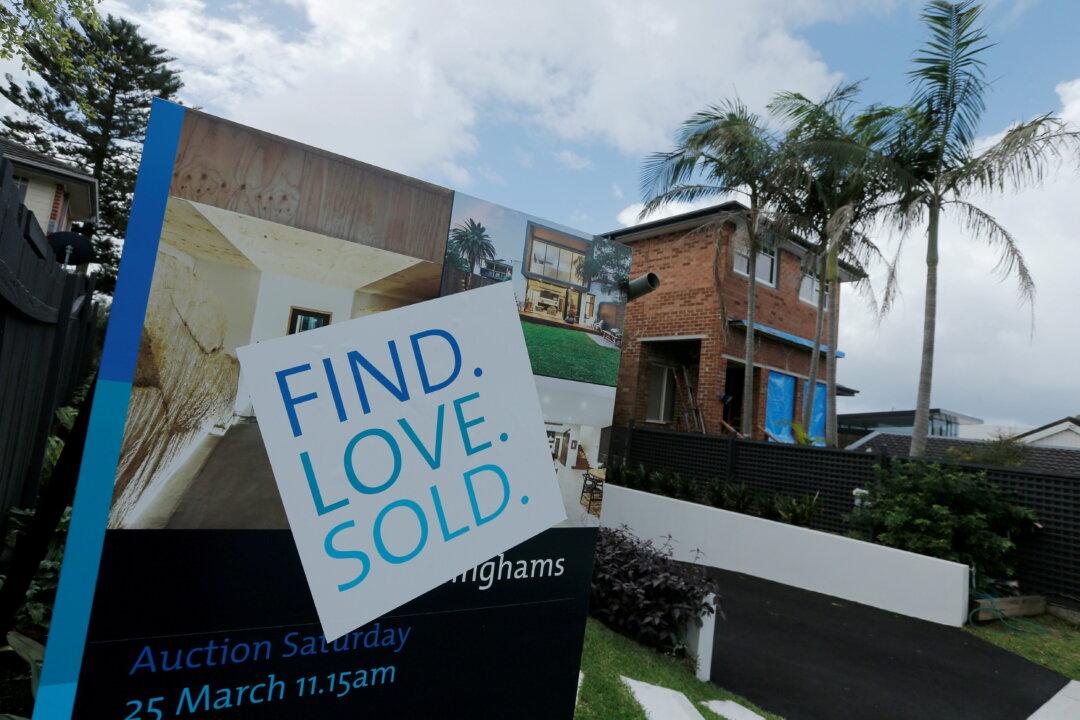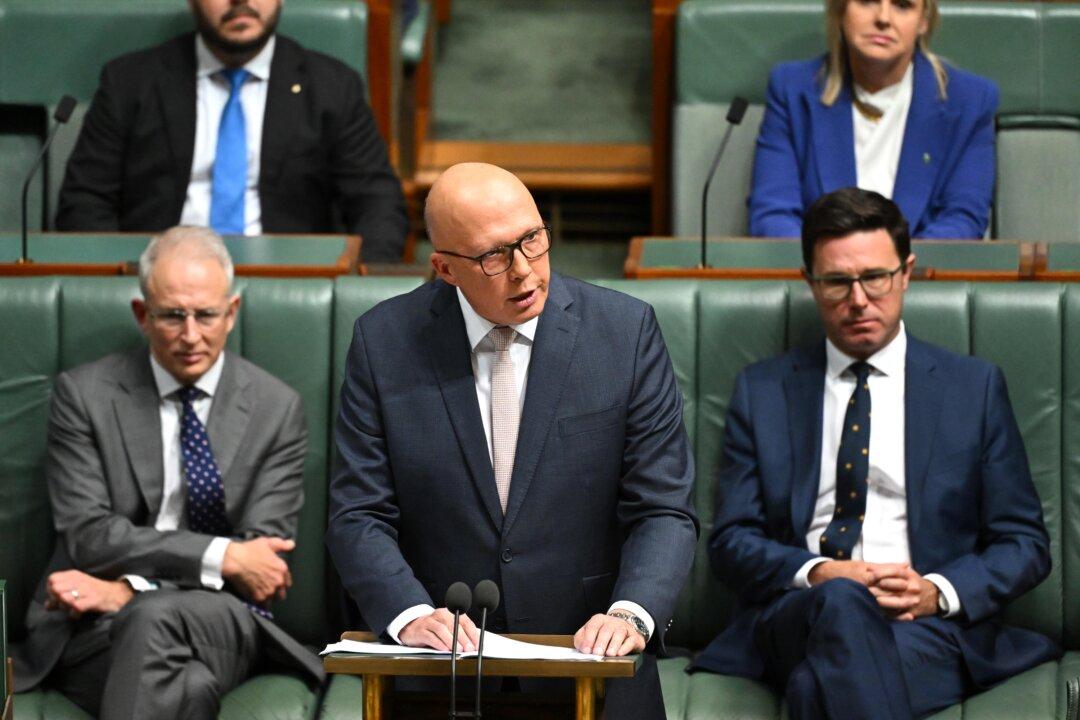Commentary
Home buyers and businesses are suffering sticker shock as the Reserve Bank of Australia (RBA) lifted the official cash rate from 0.1 percent to 3.35 percent in the course of the nine months since April 2022. But they should probably be thinking of rates of this level as the “new normal.”





